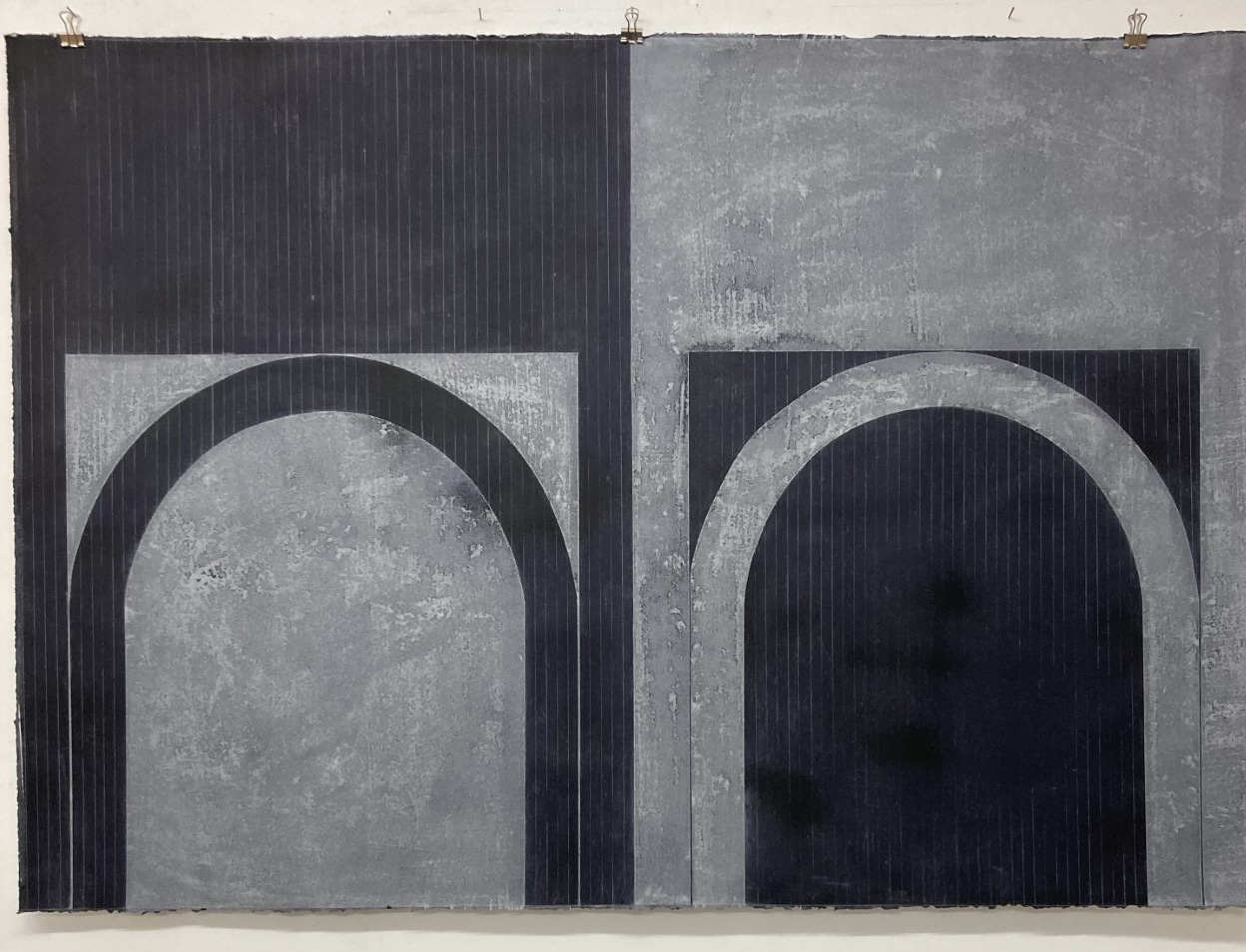Open Call: Visibility, and the Unseen
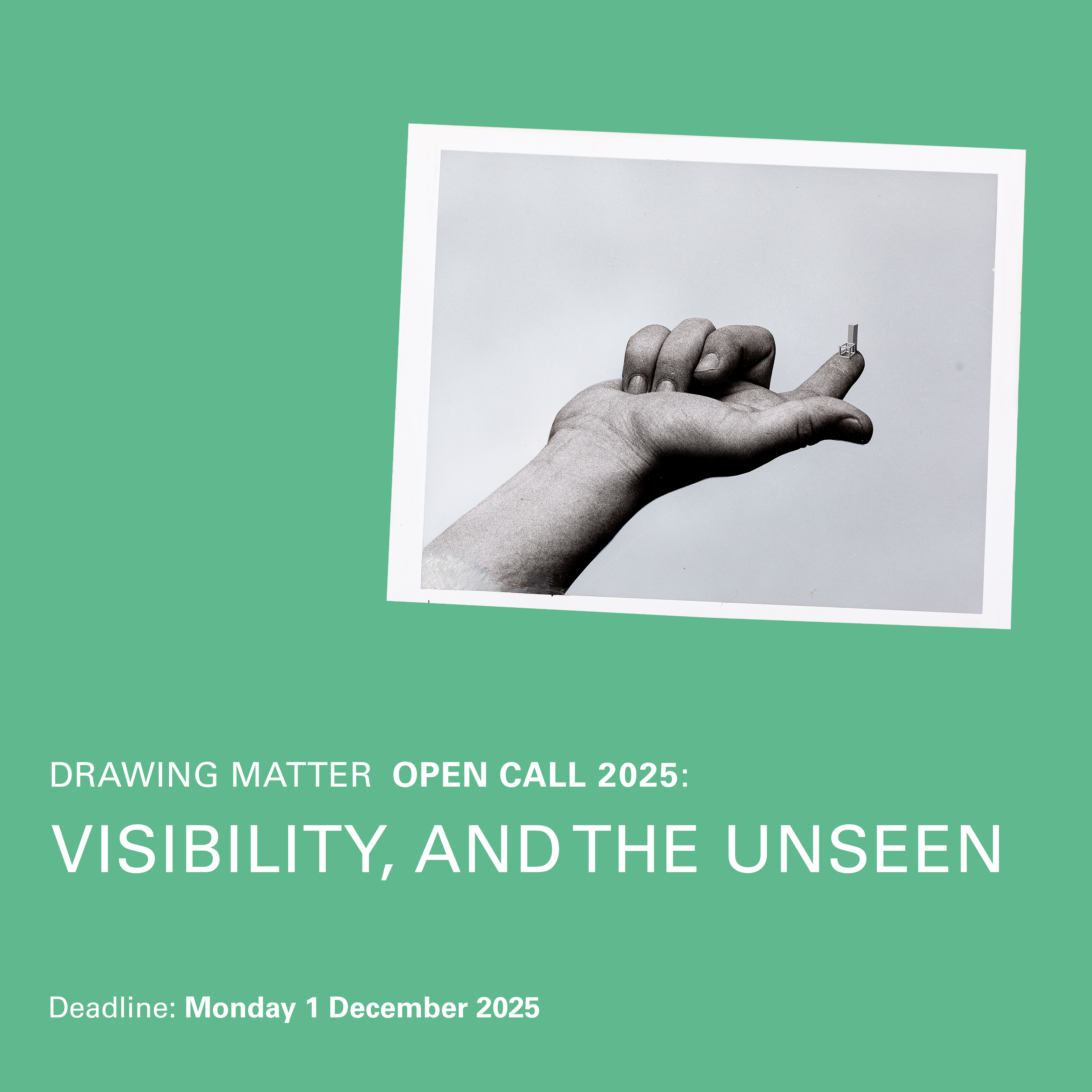
Over the next two months, we invite short contributions that either bring to the surface the unseen drawings within the Drawing Matter Collections (I. In the Archive) or explore original architectural drawings, created by the author(s) of the contribution, which make visible the unseen (II. In Practice).
I.
In the Archive
Archives hold many more objects than they can ever possibly display to their publics. What is exhibited, or requested for view, becomes inevitably a somewhat artificial canon—much of the rest slips into obscurity. Put differently, they are objects within collections that have not been seen, discussed, debated and distributed to the same extent as others, which scholars and students are familiar with, or in the habit of returning to. Instead of revisiting the favoured and desired drawings in the Drawing Matter Collections, we would like to unearth our unseen, forgotten and overlooked drawings and bring to the surface their subjects and matters.
This includes drawings of not widely known projects by celebrated figures, as well as drawings by unknown authors and for unknown projects. We are interested in reviewing both categories—the unpublicised and the unattributed—and asking what happens to architectural drawings when knowledge of their background or authorship has not been recorded, or has been lost entirely. Stripped of contextual information, these unseen drawings have been acquired for their inherent qualities. In some cases, these qualities might be their complements to or contrasts with other drawings in the collection, perhaps adding to our understanding of their representational possibilities. In other cases, they might have quirks that challenge our ideas about architectural drawings.
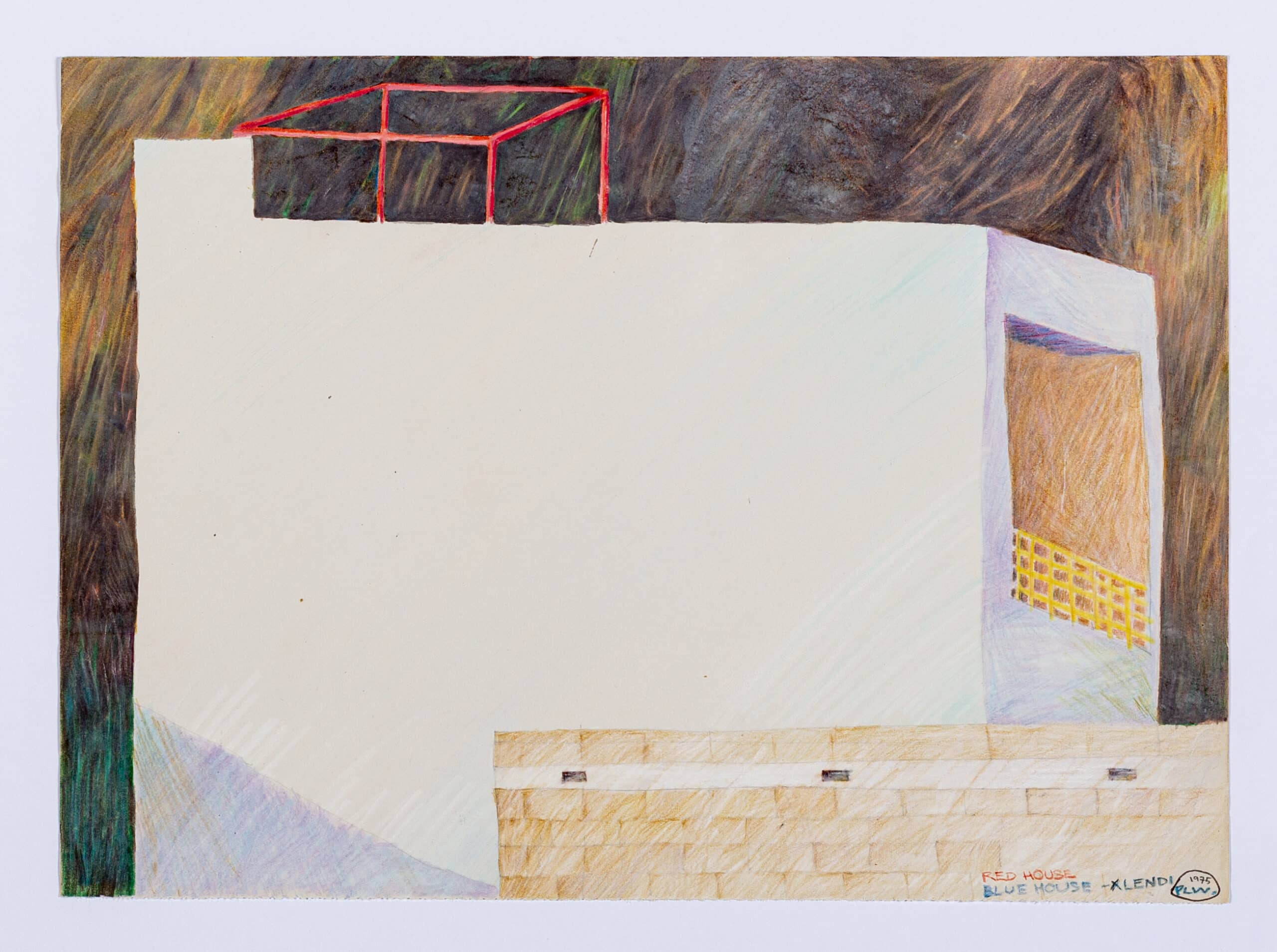
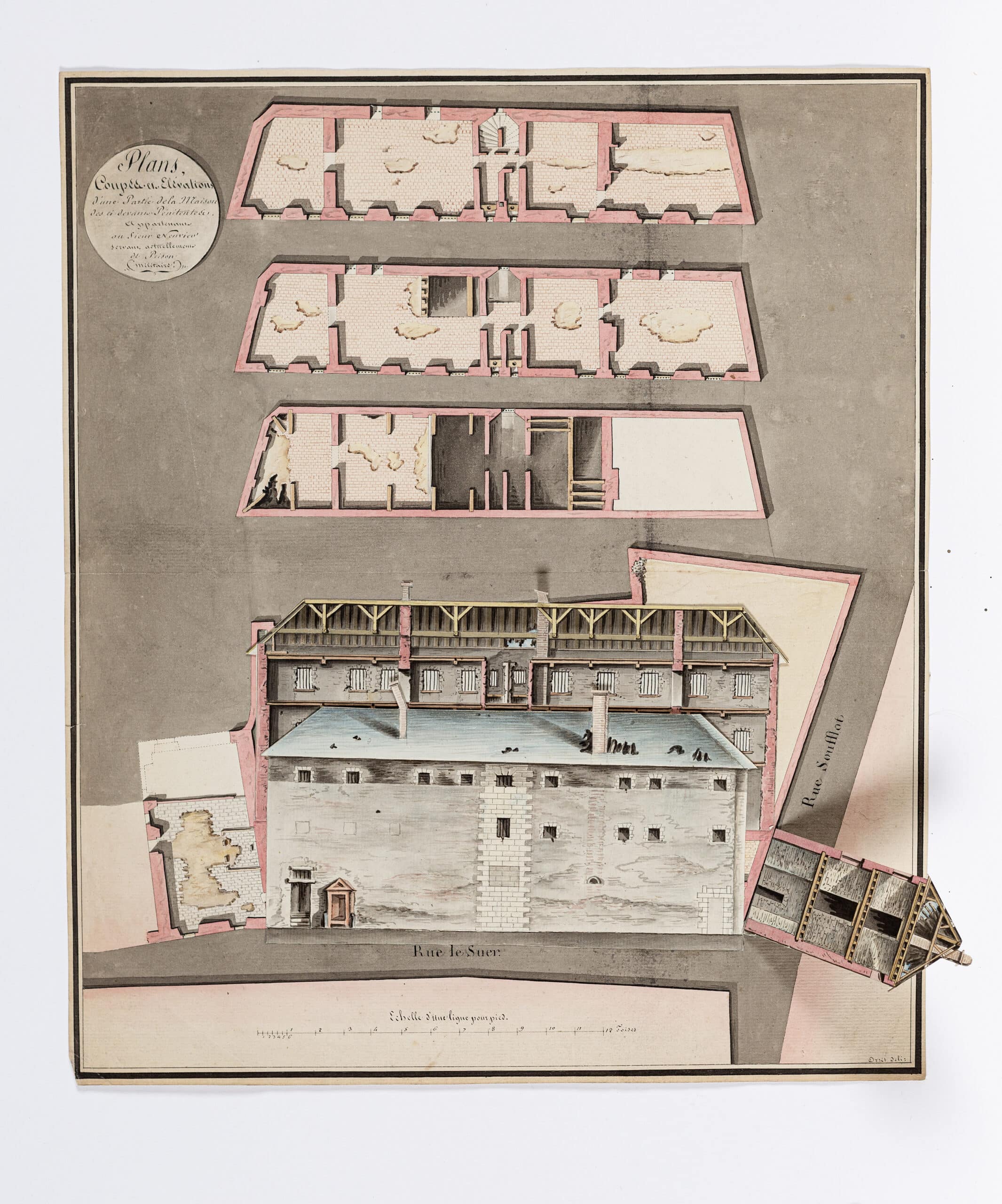
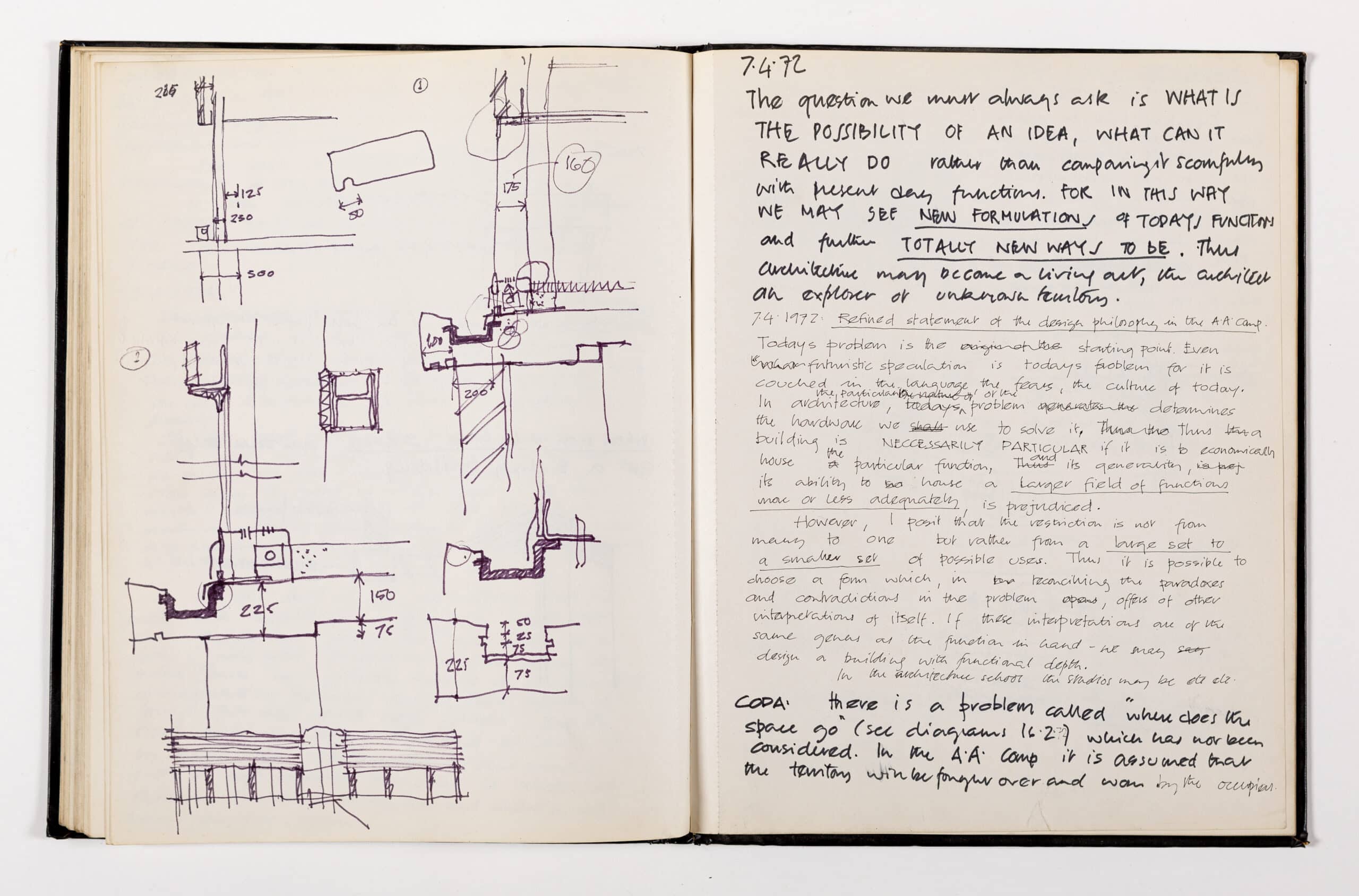
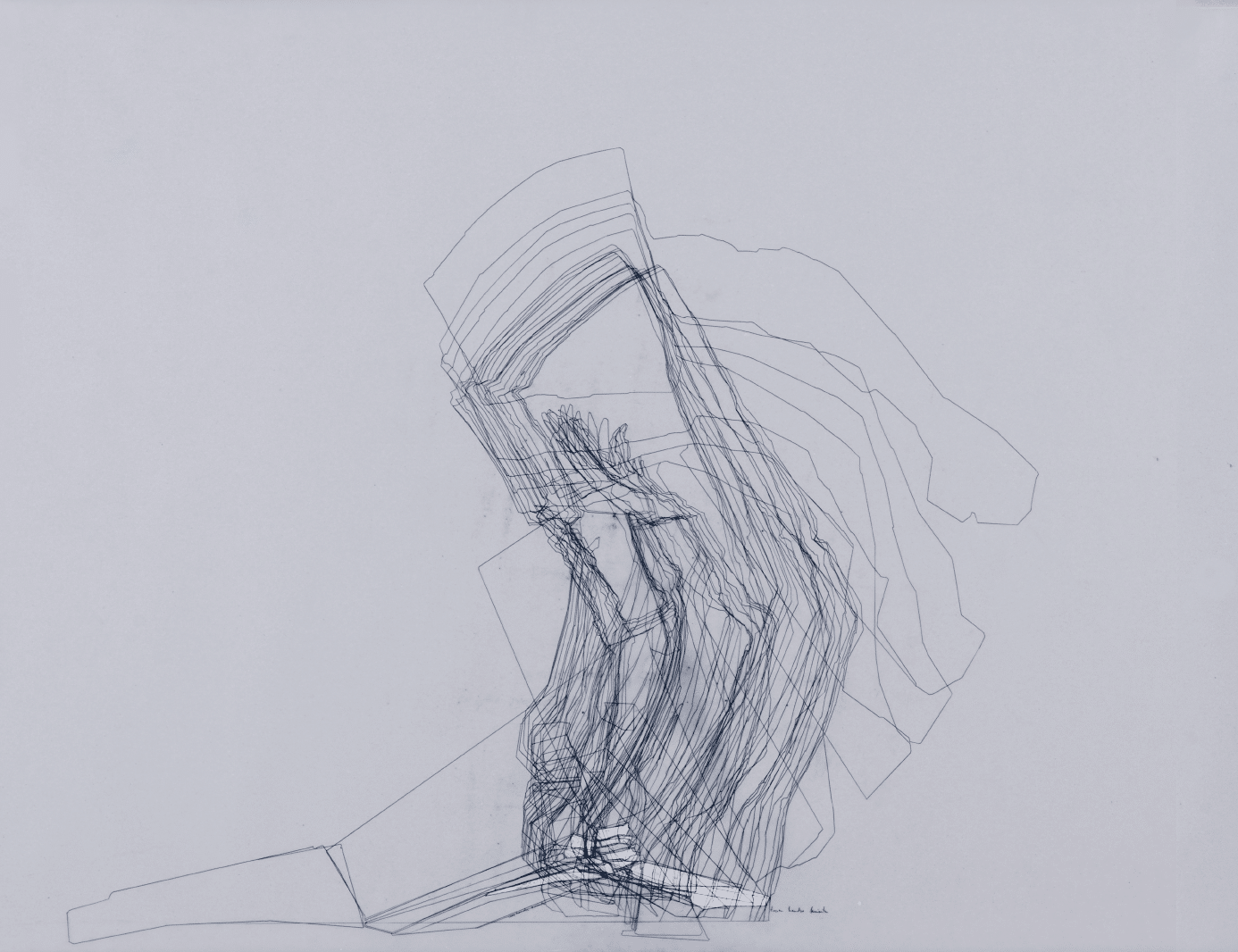
II.
In Practice
In the professional environment, tracing the unseen takes on other meanings. We are interested in discussions of the drawing types or approaches to drawing that are integral to the way that a project develops within practices but often remain out of sight. For example, one might think of the quick drawings that are created to frame an idea or communicate a particular detail of a project exclusively to their authors—usually, these incomplete and fragmentary drawings are not shared with or shown to a wider audience. Other unseen drawings might include those made collaboratively by members of a practice, or in dialogue with clients. These drawings can delineate a very personal and private creative endeavour, with the role of these unseen drawings as a form of research being critical in forming their authors or the work of a practice.
A second strand that we would like contributors to touch upon is those architectural drawings explored during the making of a project that strive to visualise the unseen and the invisible elements of our world. These might be things that are not typically included in conventional architectural representations, although our architectures respond to—such as our understandings of time and movement, of the forces of nature, or of the ways a space is perceived and performed. We would like to address and question the tools and types of representation practitioners employ to make visible those immaterial and intangible qualities of a context, a project, a space.
Entry
The call is open to everyone, with or without a background in architecture or design. We welcome a broad range of approaches to writing, as well as voices from art and architectural history, the cultural and visual sciences, and the humanities, alongside practitioners—architects, designers, artists, and writers.
For the participants who would like to respond to material in the Drawing Matter Collections, we have prepared a ‘lightbox’ of drawings within the collection that gathers some of our unseen drawings—please find this here. There are more anonymous drawings in the Drawing Matter Collections that could be explored by entering the keyword ‘unknown’ into our search engine. Please also be in touch with us if you feel it is important to come face-to-face with a particular drawing before beginning to write about it.
Please submit texts of no more than 1000 words (including footnotes) to editors@drawingmatter.org. Entries should be sent as Word documents with JPEG image files as attachments. Documents and images should be titled as: ‘Surname_Firstname_Text’ and ‘Surname_Firstname_Image_1’.
All submissions will be acknowledged on receipt and reviewed by the Drawing Matter editorial team. The authors of the selected submissions will be invited to publish their texts on www.drawingmatter.org and will receive a publication of their choice from the Drawing Matter Bookshop.
Deadline for contributions: Midnight (GMT) on Monday 1 December 2025.
Examples
What Lies Beneath by Sarah Handelman
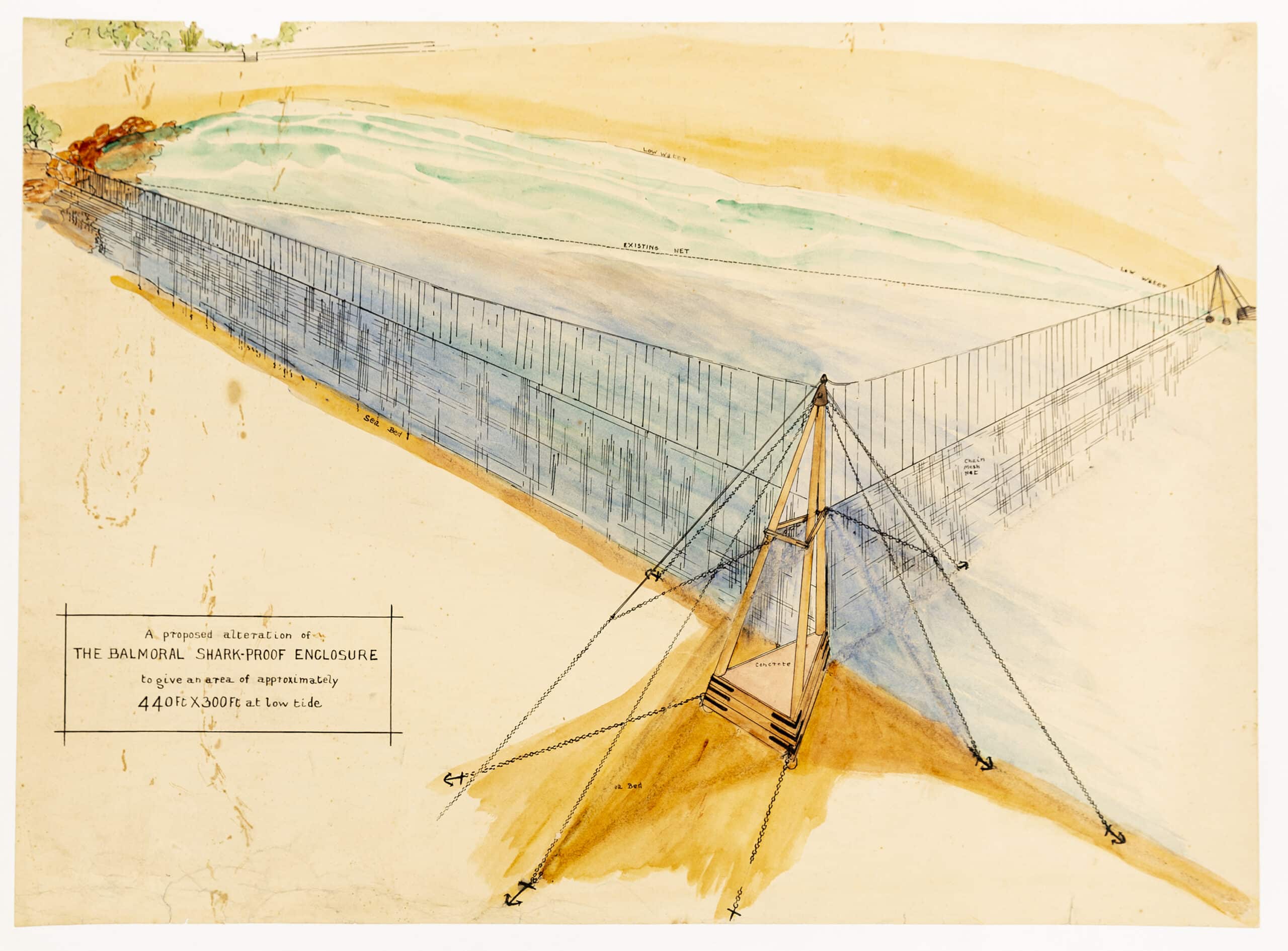
Keshi Ghat by Amrutha Viswanath
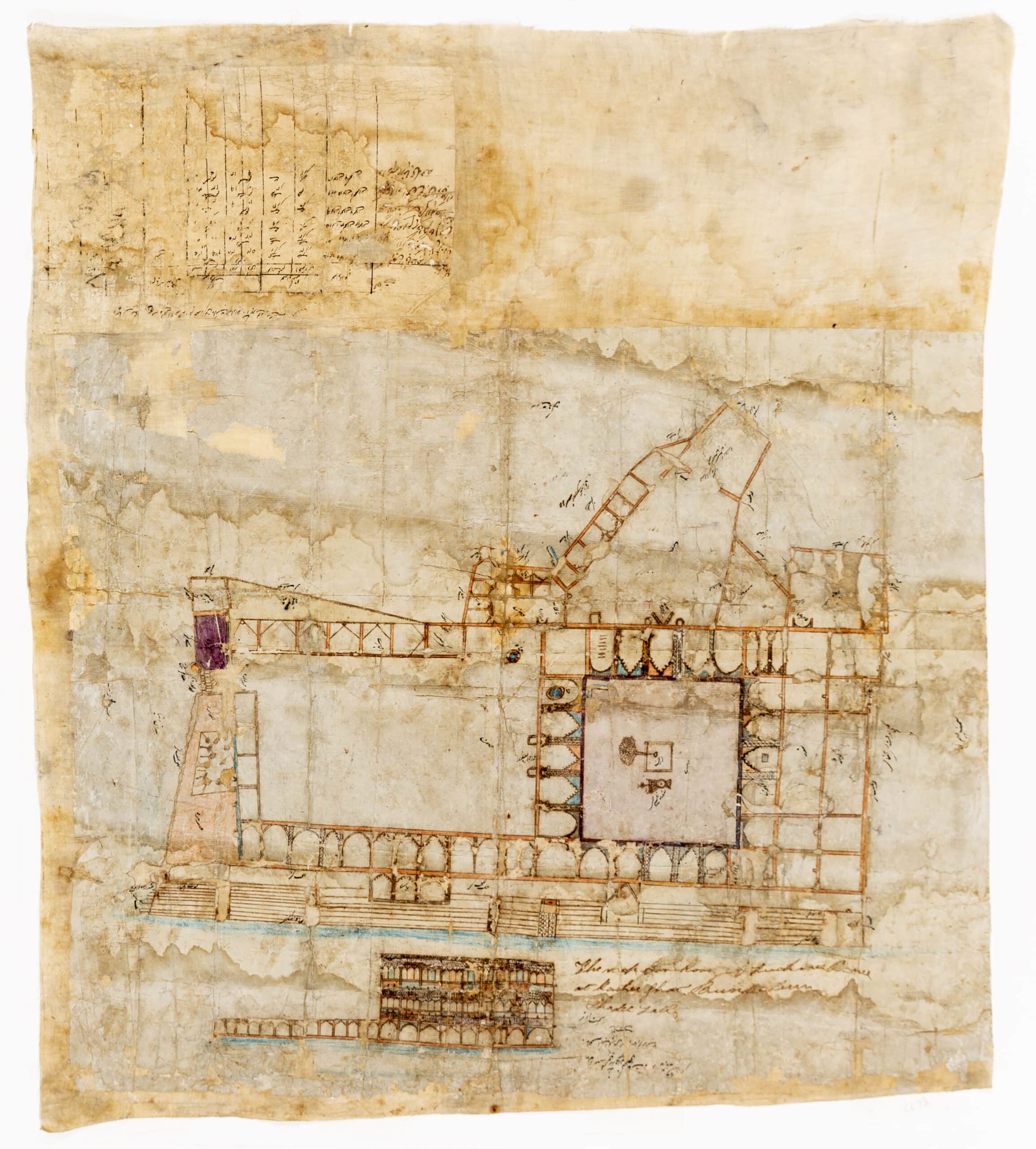
The Metropolitan Opera House, NYC: Invisible Guests by Kyna Leslie
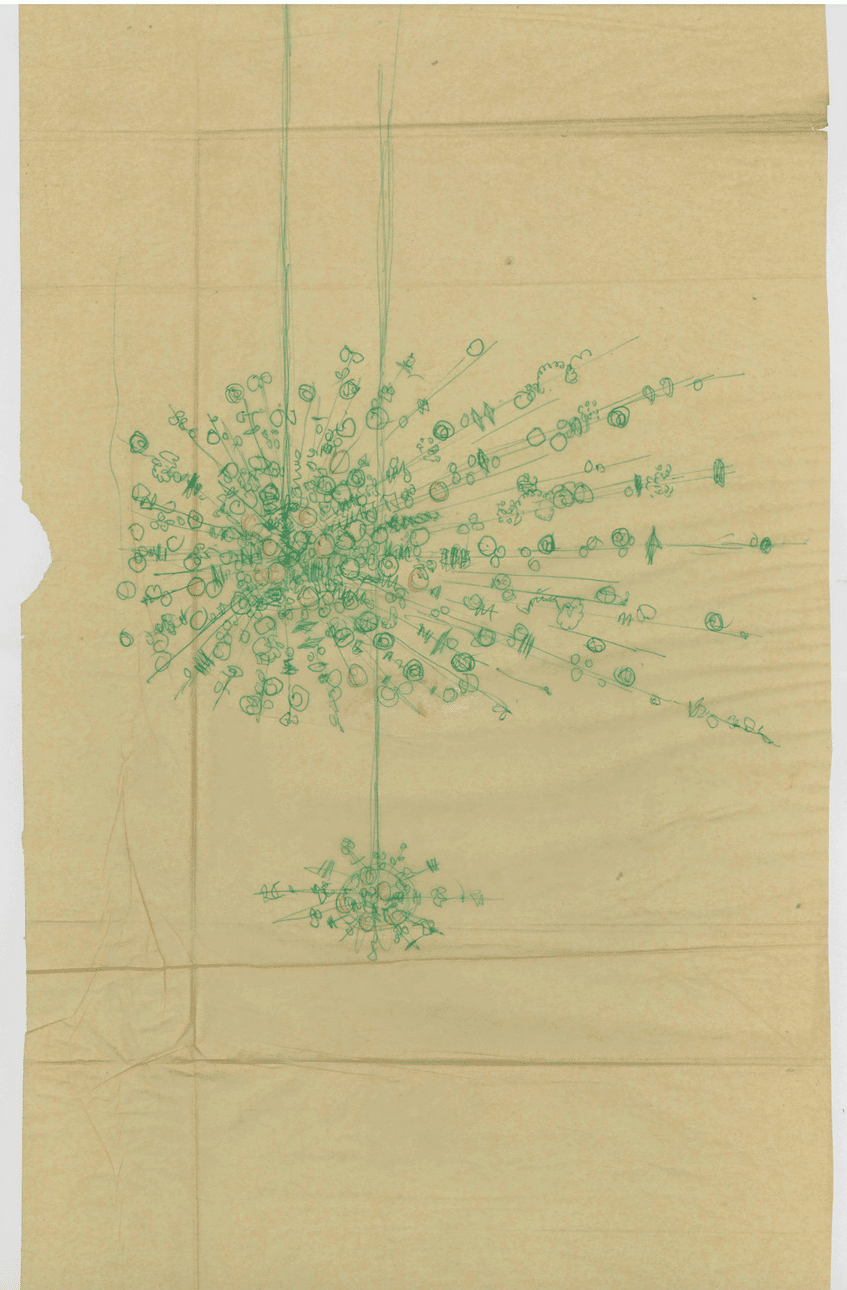
I Cut Mount Fuji Every Day by Marie-Henriette Desmoures
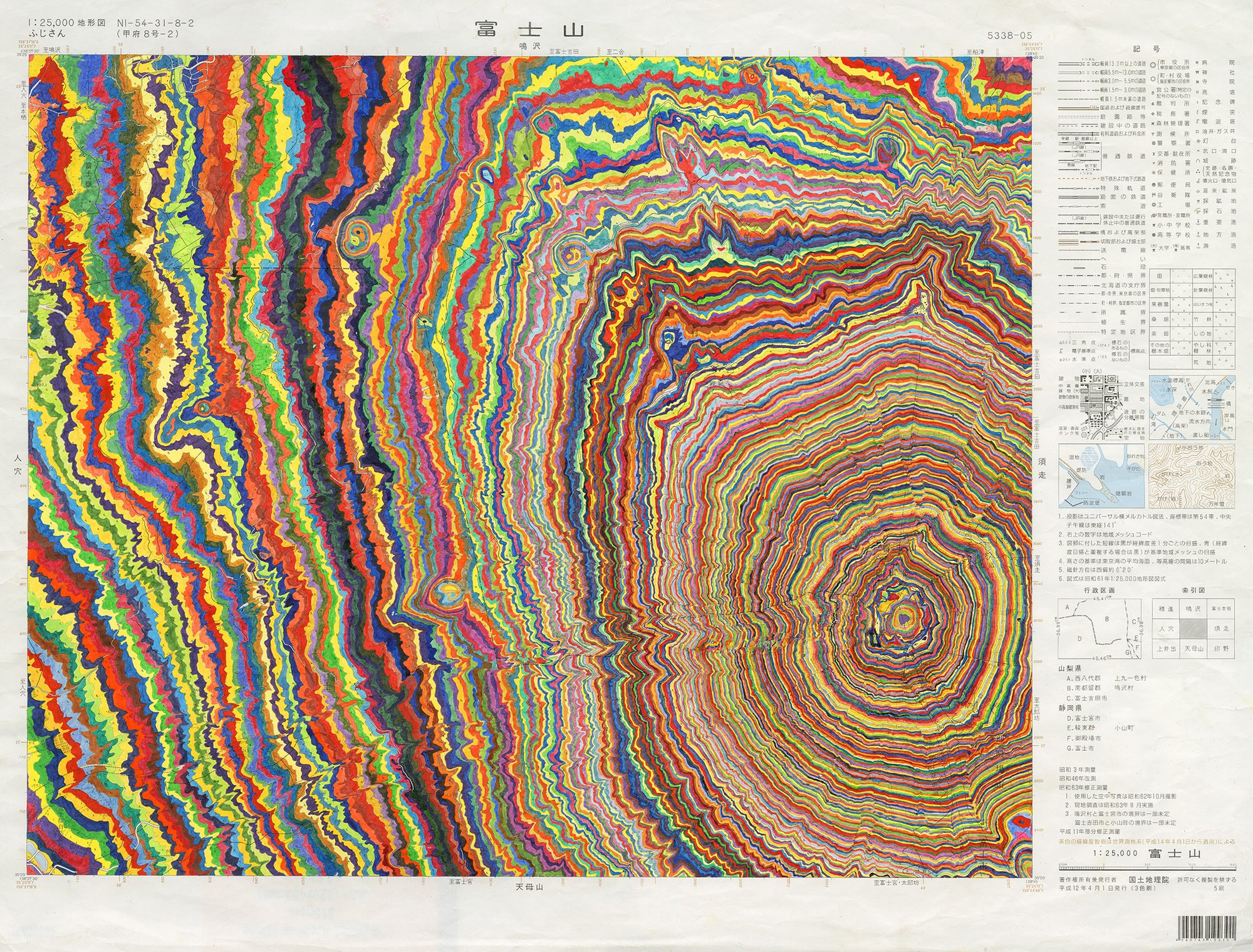
Herzog & de Meuron: Elbphilharmonie Hamburg by Herzog & de Meuron
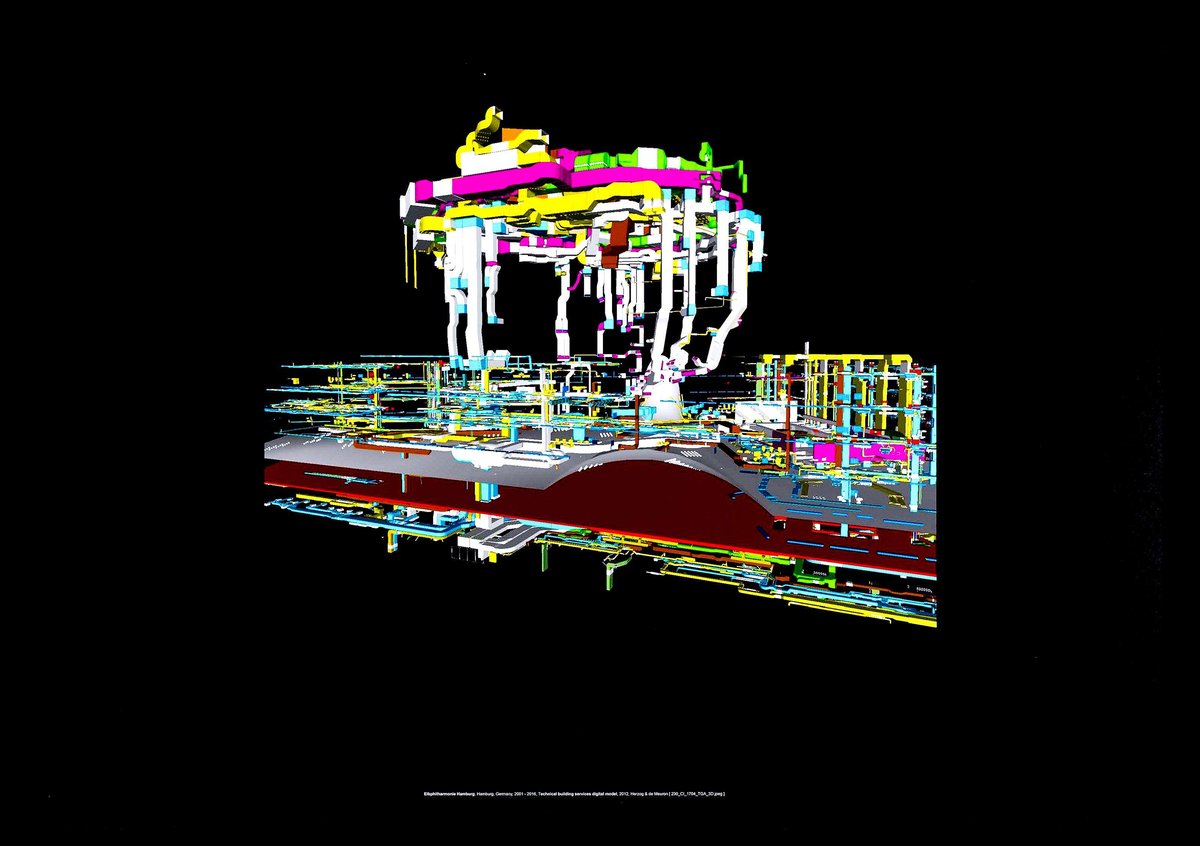
Fresh and Surprised by Julian Lewis
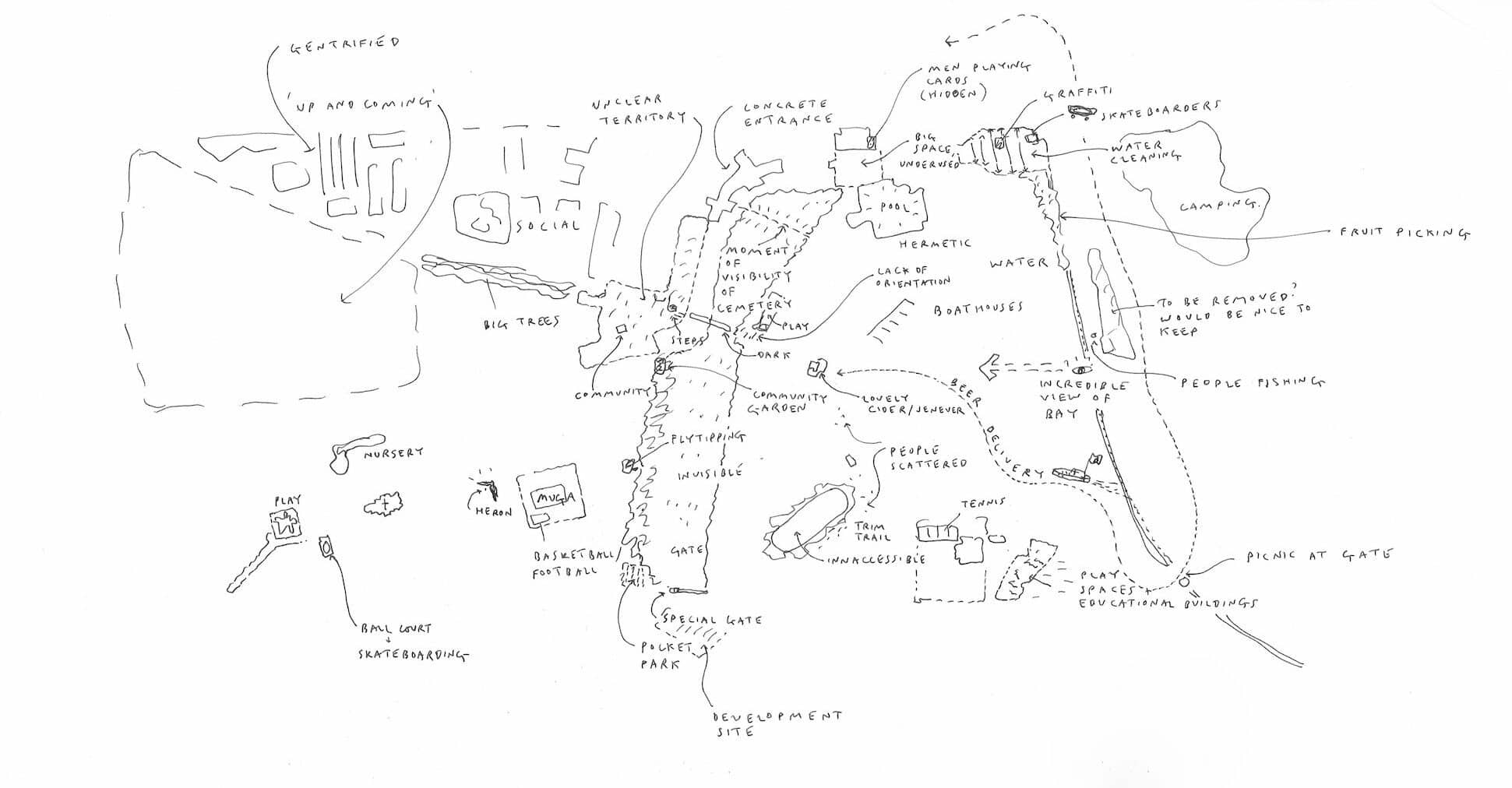
Marie-José Van Hee: Seeing not Showing by Tessa Baird
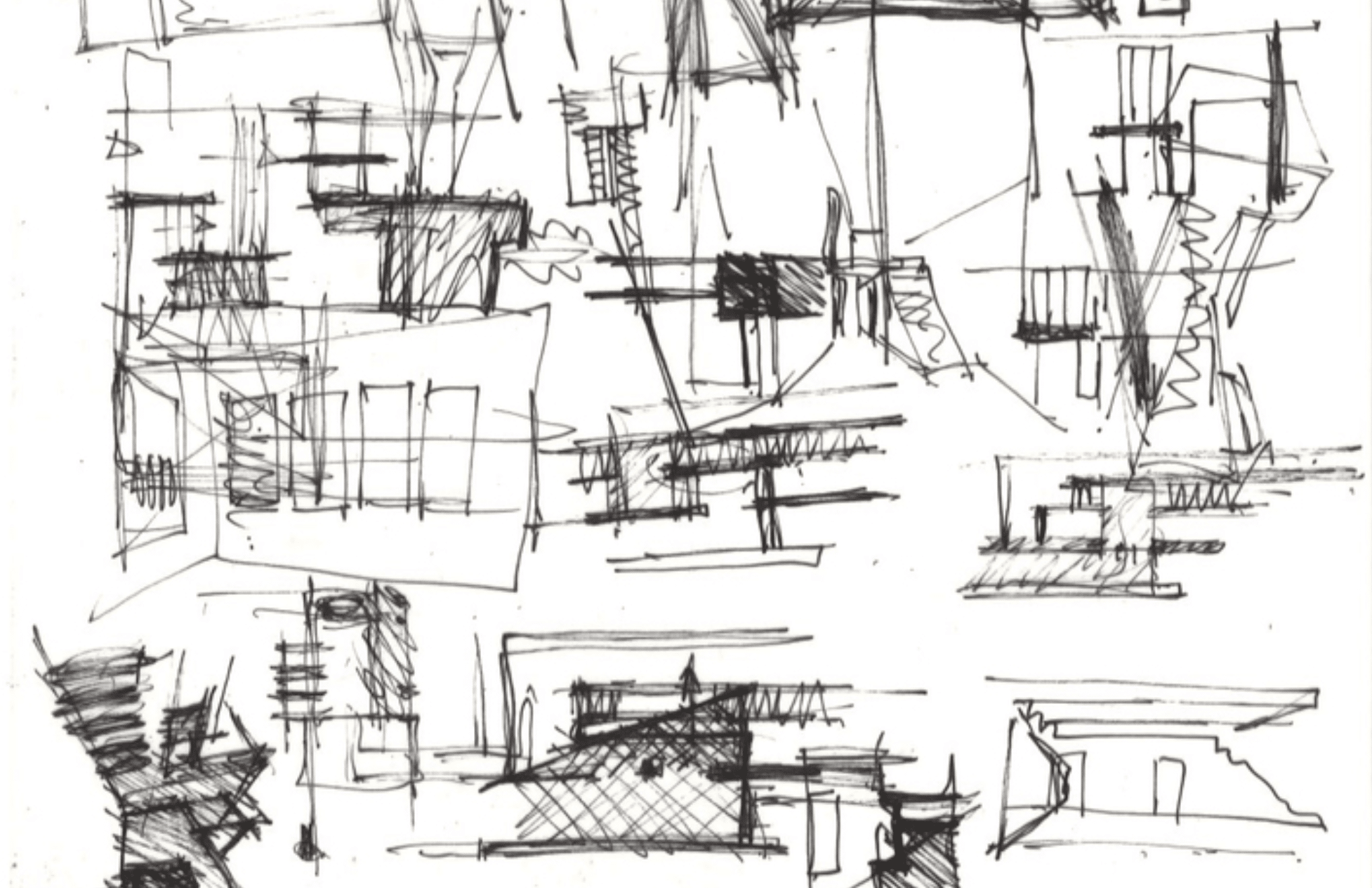
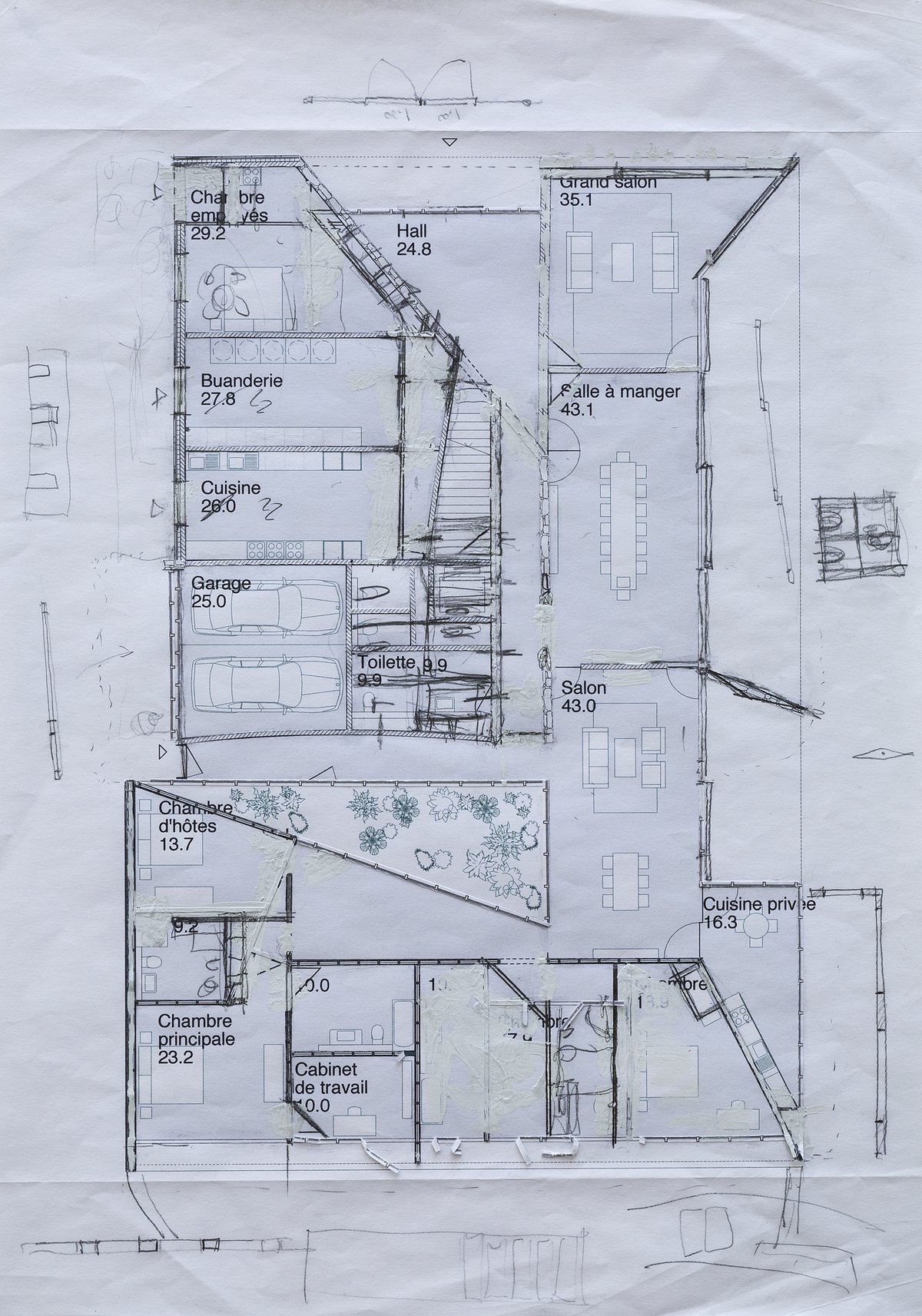
Drawing from a Deep Well by Patrick Lynch
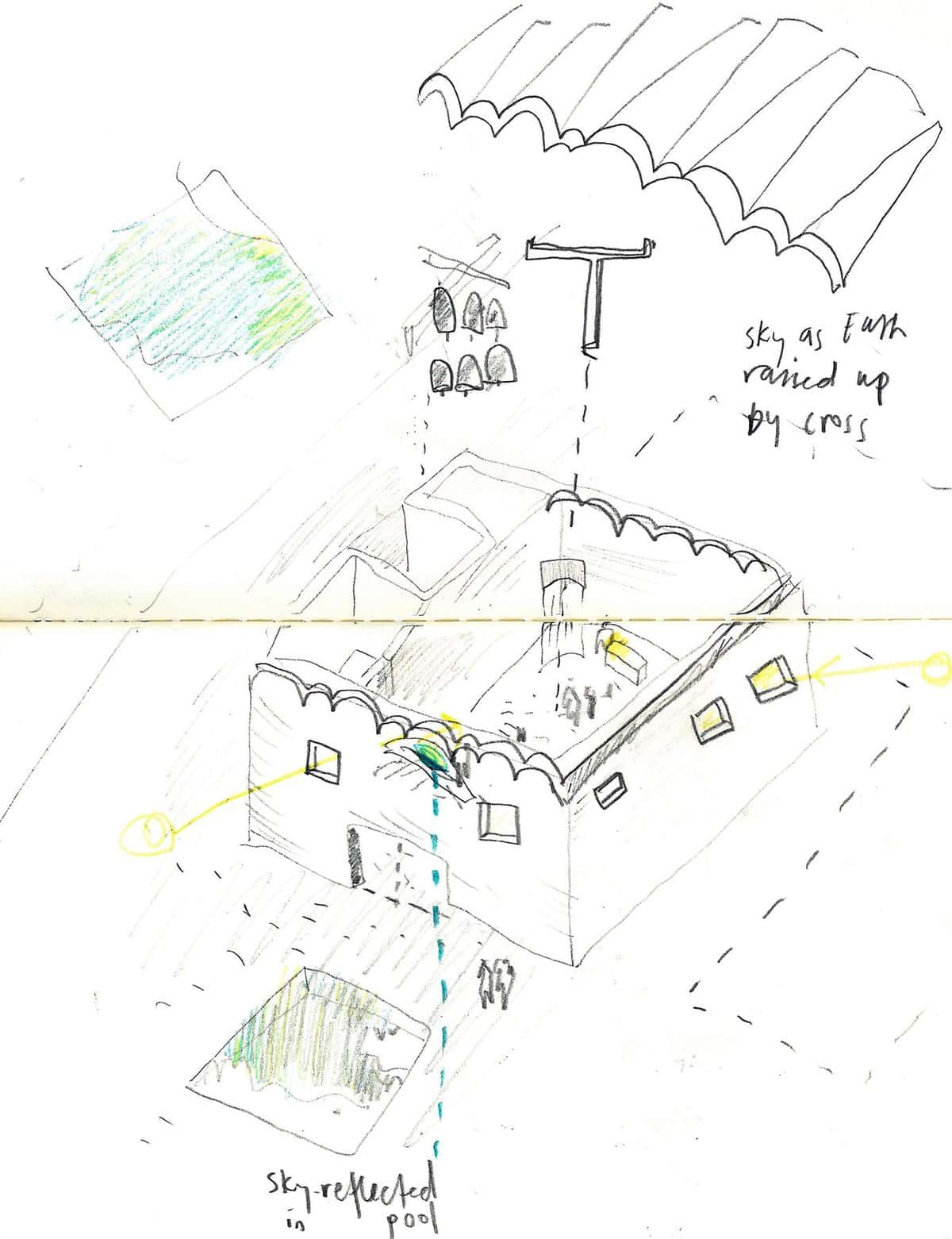
Drawing on the Nolli Plan by Sheila O’Donnell
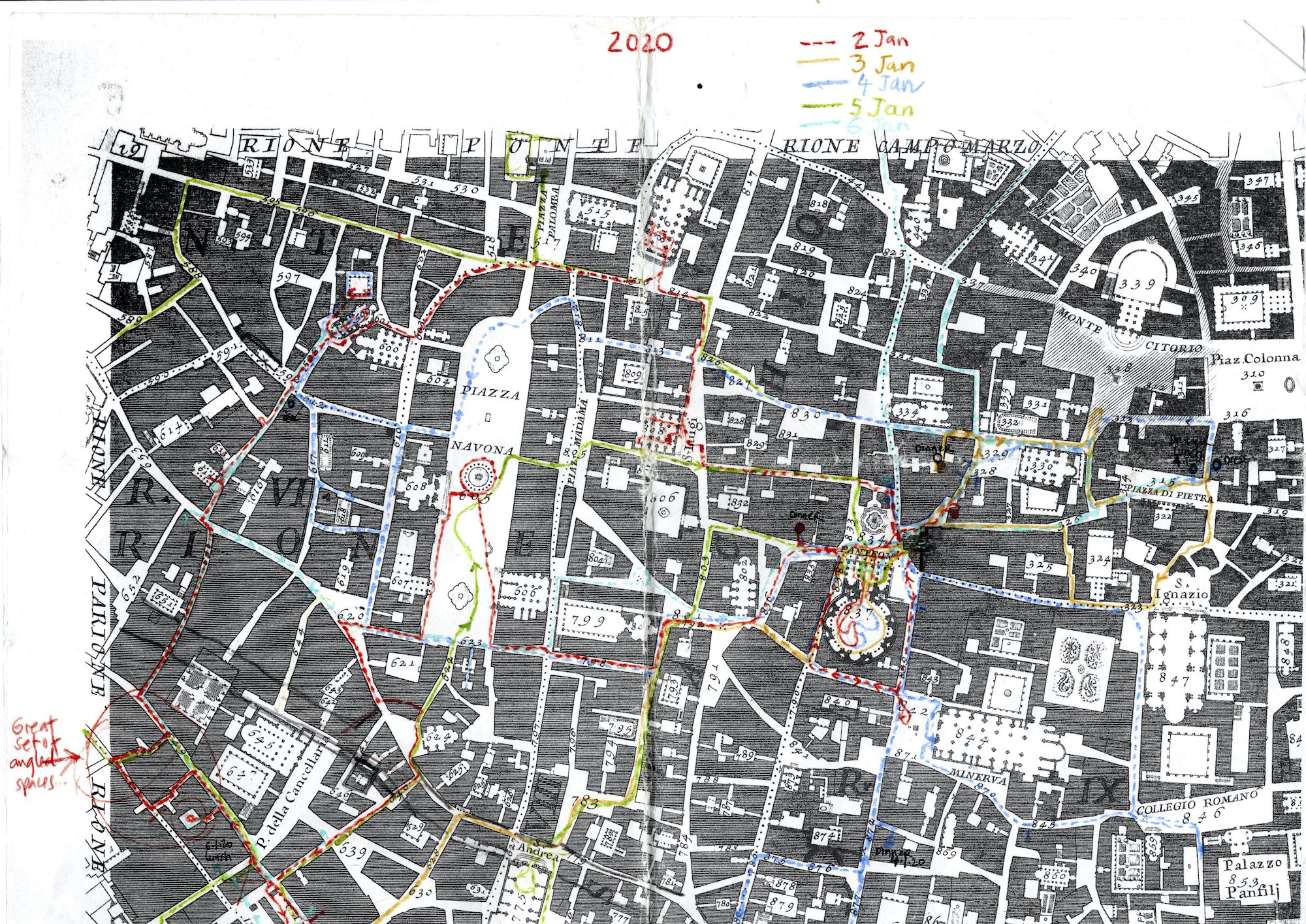
An Artist Browsing the Collection by Sandra Porter
